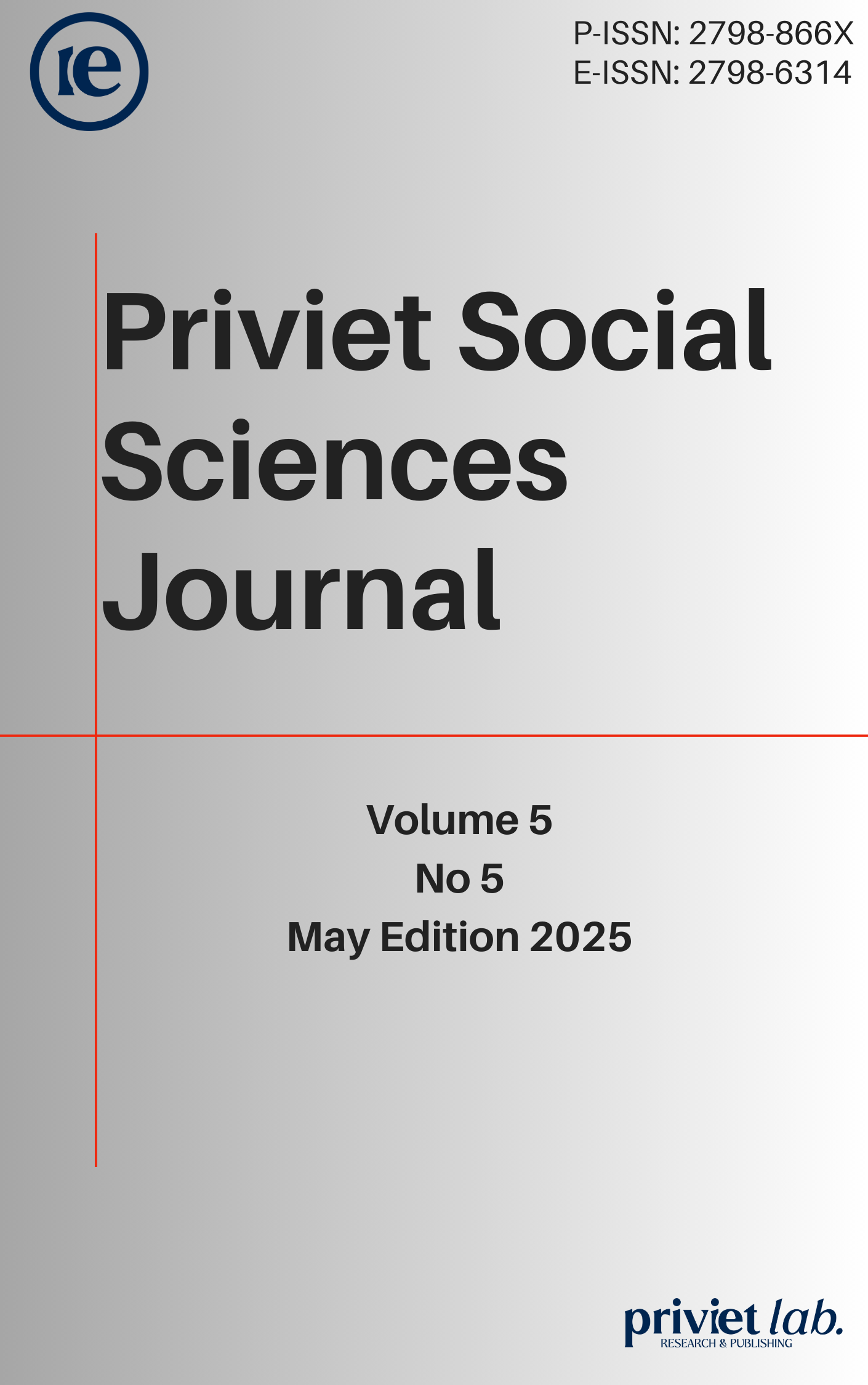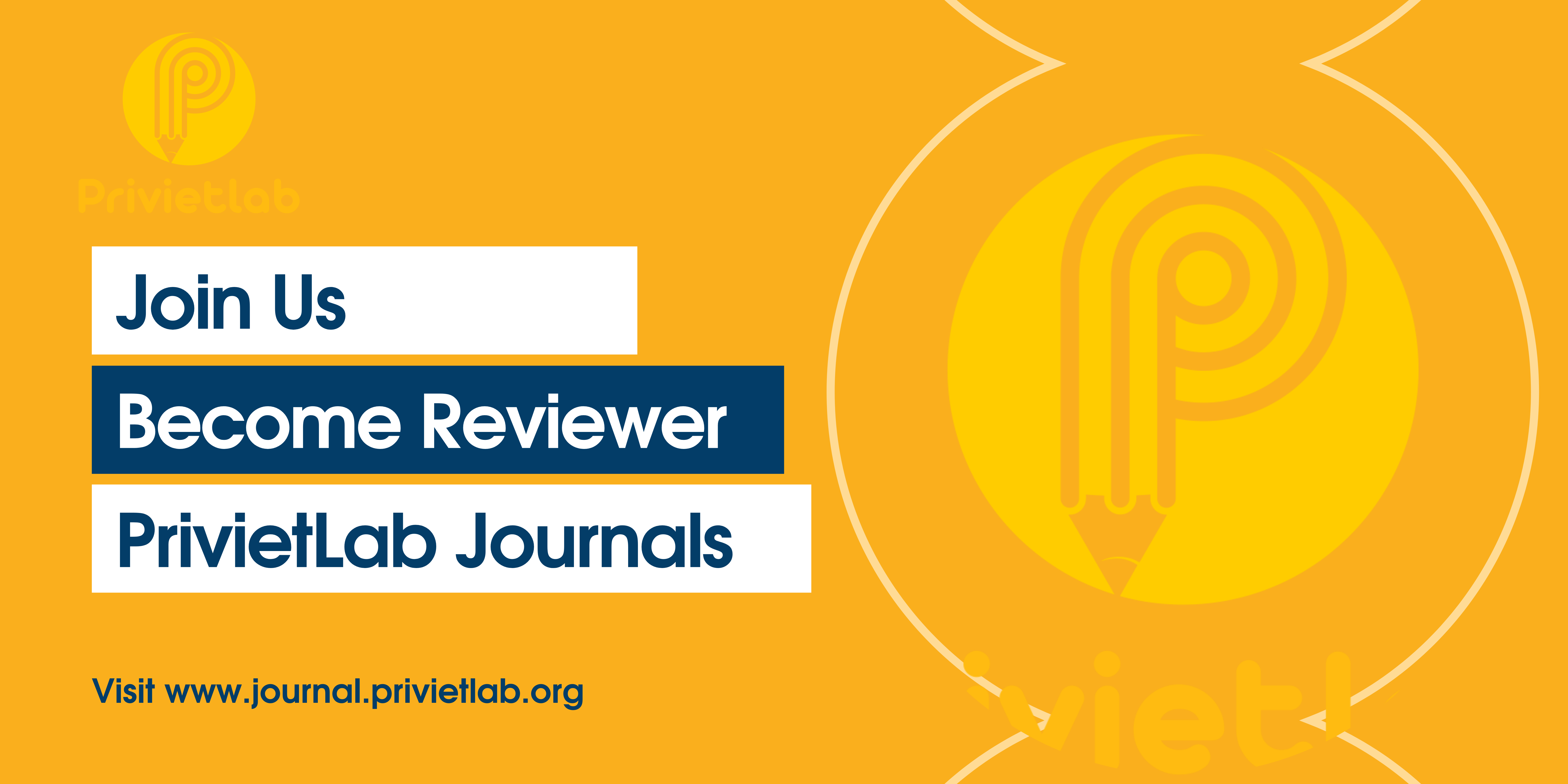Sustainable development in Sumatra Island: Spatial distribution and its implications
DOI:
https://doi.org/10.55942/pssj.v5i5.618Keywords:
Sustainable Development, Economic Aspect, Social Aspect, Environmental Aspect, Composite Index, GISAbstract
This study aims to examine the implementation of sustainable development on Sumatra Island and its spatial distribution, assessed from economic, social, and environmental dimensions. Data analysis was conducted using a composite index method, which comprises various unitless indicators or sub-indicators. Furthermore, Geographic Information System (GIS) techniques were applied to identify the spatial distribution of sustainable development. For the economic dimension, indicators include Gross Regional Domestic Product (GRDP) per capita and the open unemployment rate. The social dimension was analyzed using the Human Development Index (HDI), school participation rates, life expectancy at birth, and poverty rates. Meanwhile, the environmental dimension utilized indicators such as the environmental quality index, air quality index, water quality index, and land cover quality index. Based on the composite index analysis of sustainable development in Sumatra from 2016 to 2020, the results indicate that regional development, in the short term, can be classified as moderately sustainable. Spatially, the sustainable development index values ranged from 50.01 to 75.00, which falls into the moderately sustainable category.
References
Devina, P. S. (n.d.). Implementasi pembangunan wilayah berkelanjutan di Pulau Jawa (Pendekatan Geographic Information System/GIS) [Implementation of sustainable regional development in Java Island (Geographic Information System approach)] (Doctoral dissertation, Fakultas Ekonomi dan Bisnis, Universitas Indonesia).
Erlinda, N. (2016). Kebijakan pembangunan wilayah berkelanjutan di Provinsi Jambi melalui pendekatan model FLAG (Sustainable regional development policy in Jambi Province through the FLAG model approach). Jurnal Ekonomi dan Kebijakan Publik, 7(1), 1–14. DOI: https://doi.org/10.22212/jekp.v7i1.416
Kementerian Lingkungan Hidup dan Kehutanan. (2019). Indeks kualitas lingkungan hidup Indonesia tahun 2019 (Environmental Quality Index of Indonesia 2019). Jakarta: Kementerian Lingkungan Hidup dan Kehutanan.
Liska, A. D. (2021). Pengaruh upah minimum regional dan jumlah penduduk terhadap tingkat pengangguran di Provinsi Lampung dalam perspektif ekonomi Islam periode 2015–2019 (The effect of regional minimum wage and population size on unemployment rate in Lampung Province from an Islamic economic perspective 2015–2019) (Doctoral dissertation, UIN Raden Intan Lampung).
Maryunani. (2018). Pengelolaan sumberdaya alam dan pembangunan ekonomi secara berkelanjutan (Management of natural resources and sustainable economic development). Malang: UB Press.
Muktianto, R. T., & Diartho, H. C. (2018). Komoditas tembakau Besuki Na-Oogst dalam perspektif pembangunan berkelanjutan di Kabupaten Jember (Besuki Na-Oogst tobacco commodities in the context of sustainable development in Jember Regency). Cakra Tani: Journal of Sustainable Agriculture, 33(2), 115–125. DOI: https://doi.org/10.20961/carakatani.v33i2.20598
Oxtavianus, A. (2014). Pembangunan berkelanjutan dan hubungannya dengan modal sosial di Indonesia (Sustainable development and its relationship with social capital in Indonesia) (Doctoral dissertation, Sekolah Pascasarjana, Institut Pertanian Bogor).
Downloads
Published
How to Cite
Issue
Section
License
Copyright (c) 2025 Leni Kurnia Optari, Al Bina

This work is licensed under a Creative Commons Attribution 4.0 International License.

















